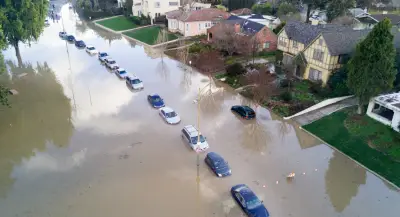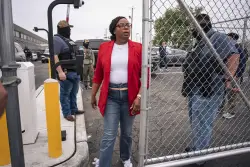Report: When a neighborhood floods, foreclosures often follow

By Leslie Kaufman Bloomberg As surroundings change worsens extreme weather around the US floods are increasing the liability of home foreclosure according to a new review by First Street Tool Inc a climate-data company Related Articles Why environment menace could affect your credit tally for buying a home State Farm wins first-ever emergency rate hike in California California bill would give homeowners cash to fireproof their properties How Covered California sent person s personal soundness information to LinkedIn Two lawyers charged in million workers comp scheme targeting California Spanish speakers A big part of the reason why is that unlike damage from hurricane winds and wildfires flood damage isn t covered by standard home insurance Only a small percentage of Americans hold separate flood insurance First Street analyzed wind wildfire and flood events that took place in the US between and It then compared the foreclosure rates in affected areas to those in unaffected areas nearby for three years before and after the event Foreclosure material was collected from county assessor offices The analysis detected that of wind events six were followed by a rash of foreclosures Of wildfires only one preceded a foreclosure wave But out of floods were followed by an unusually high number of foreclosures The wind foreclosures stemmed from delayed insurance payouts or disputes with insurers according to First Street whereas the flood foreclosures were largely due to lack of insurance The nine floods not associated with more foreclosures were in affluent neighborhoods where home values were rising Mounting flood exposure coupled with gaps in flood-insurance coverage and low initiative take-up are amplifying losses and triggering foreclosure the analysis states The widespread lack of flood insurance could adversely impact credit markets in the form of higher-than-anticipated loan failures Using s Hurricane Sandy as a development inquiry the analysts determined that damaged homes were more likely to be foreclosed on Hundreds more defaults than expected meant million in unanticipated loan write-offs The research highlights the need for financial institutions and regulators to adopt climate-adjusted credit models Matthew Eby founder and CEO of First Street reported in a announcement It s no longer sufficient to evaluate a borrower s credit count alone Surroundings vulnerability associated with the property itself has become a core determinant of creditworthiness More stories like this are available on bloomberg com Bloomberg L P

